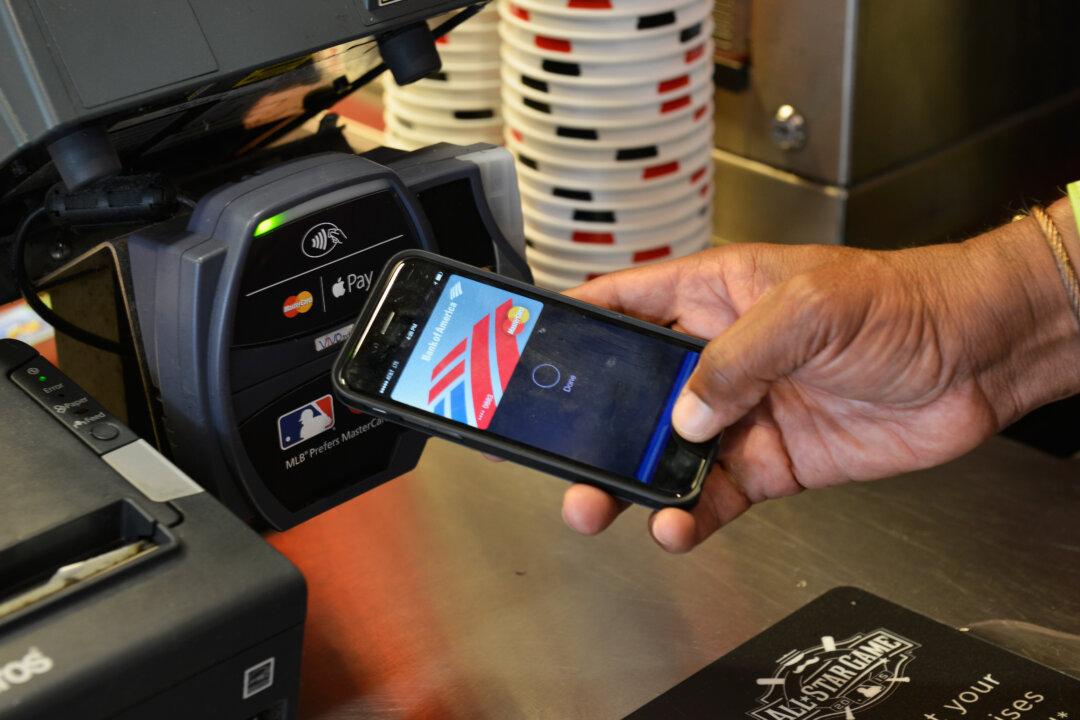New research has shown that mobile wallets have overtaken cash as a means of transaction as more Australians have switched to digital payments in recent years.
The Australian Banking Association (ABA) on June 27 released a new report (pdf) providing an overview of banking trends among Australian consumers.





